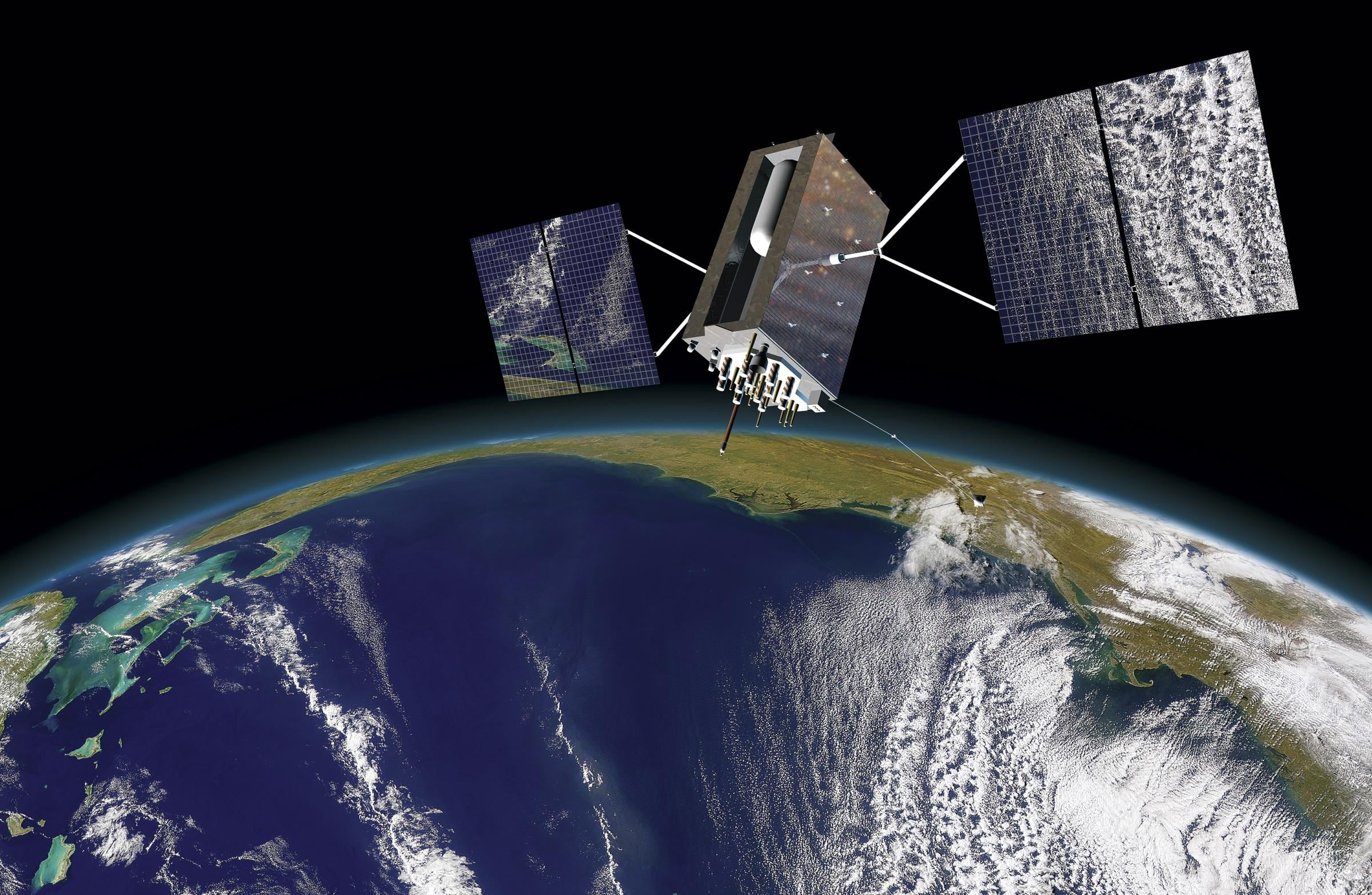Does Iran have the ability to destroy American satellites or otherwise deny the unique capabilities they afford United States war fighters?
It’s certainly a question worth asking amid heightened tension between the two nations following the killing of Gen. Qassem Soleimani, a top Iranian military official, in a Jan. 3 drone strike.
Iran responded Jan. 7 with a barrage of missile strikes on two U.S. bases in Iraq. While the situation appears to have de-escalated since the strikes, which did not result in any casualties, bilateral tension remains high. Should either nation decide to take escalatory military action, what threat does Iran pose to America’s space-based capabilities?
Much has been made of the likelihood that Iran’s space launch program could be used to advance ballistic missile development. According to the Center for Strategic and International Studies’ annual Space Threat Assessment, Iran’s “efforts in space are often viewed as a thinly-veiled cover for its developing ballistic missile program.”
RELATED

Similarly, the same rockets Iran is using to launch satellites could theoretically be converted to direct-ascent anti-satellite weapons, though Johnson was skeptical of the likelihood of that.
Said his colleague Kaitlyn Johnson, the associate director of the think tank’s Aerospace Security Project, of the alternative use: “It’s a potentiality. They have never tested one or indicated they would be able to test one.
“Part of having a direct-ascent capability is to be able to know where your target is — to track it in flight — but also to have the general space situational awareness to know the exact orbital position of that target satellite, and they don’t have those capabilities yet.”
There appears to be wide agreement on that point. Both the Secure World Foundation’s “Global Counterspace Capabilities” report and the Defense Intelligence Agency’s “Challenges to Security in Space” document found that Iran does not have direct-ascent anti-satellite weapons.
“Technologically, it is unlikely Iran has the capacity to build on-orbit or direct-ascent anti-satellite capabilities, and little military motivations to do so at this point,” according to the Secure World Foundation report, which was released April 2019.
RELATED

Iran seems to be focusing on denying America’s space capabilities rather than physically neutralizing an on-orbit satellite, said Johnson.
“[Iran is more focused on] jamming technologies, cyber intrusions, because those technologies are a little cheaper [and] more easy to develop, and of course cyber is a universal skill set that can be applied to other things than hacking satellites or ground stations,” Johnson said. “That’s where we see most of Iran’s focus is, in developing those kinds of counter-space capabilities versus the big, flashy, direct-ascent [anti-satellite weapons] like what India tested back in March.”
According to a DIA report titled “Threats to Security in Space,” Iran recognizes the strategic value of denying the United States’ space-based capabilities, and Tehran has developed technologies that can do just that. The Iranian government has satellite communications and GPS jamming capabilities, the DIA reported, and Iran may be a significant factor in the proliferation of GPS jammers.
In 2011, Iran claimed to have used jamming and GPS-spoofing technology to land an American RQ-170 stealth drone in its territory. While the U.S. did confirm that the drone landed in Iran, it’s unconfirmed if Iran was responsible for the landing, or how its forces may have been involved. There are suggestions that Iran was able to jam the military GPS signal and then spoof the civilian GPS signal to bring down the drone.
“The U.S. has never acknowledged that it was actually spoofed, so it’s a little hazier there,” Johnson noted. “But their jamming capabilities are pretty advanced.”
There have been multiple instances of Iran jamming commercial satellite broadcasts over the years. What’s less clear is whether Iran is capable of jamming the U.S. military’s satellites, which have varying degrees of anti-jamming capabilities.
Additionally, Iran could have a system capable of blinding U.S. satellites with lasers. While a 2011 report claimed Iran had such a system, there is little public information backing that up, according to CSIS. Depending on the system’s sophistication and scale, it could prevent American spy satellites from taking pictures over Iran, thus denying war fighters the crucial geospatial intelligence on which they depend.
Johnson expects Iran will largely follow the same trajectory in developing counter-space weapons.
“I think they will continue to use their space launch systems as a test bed of technologies to build out their ballistic missile programs and then continue to invest in these lower-technology, lower-cost, but high-impact weapon systems like jamming and cyber capabilities.”
Nathan Strout covers space, unmanned and intelligence systems for C4ISRNET.








